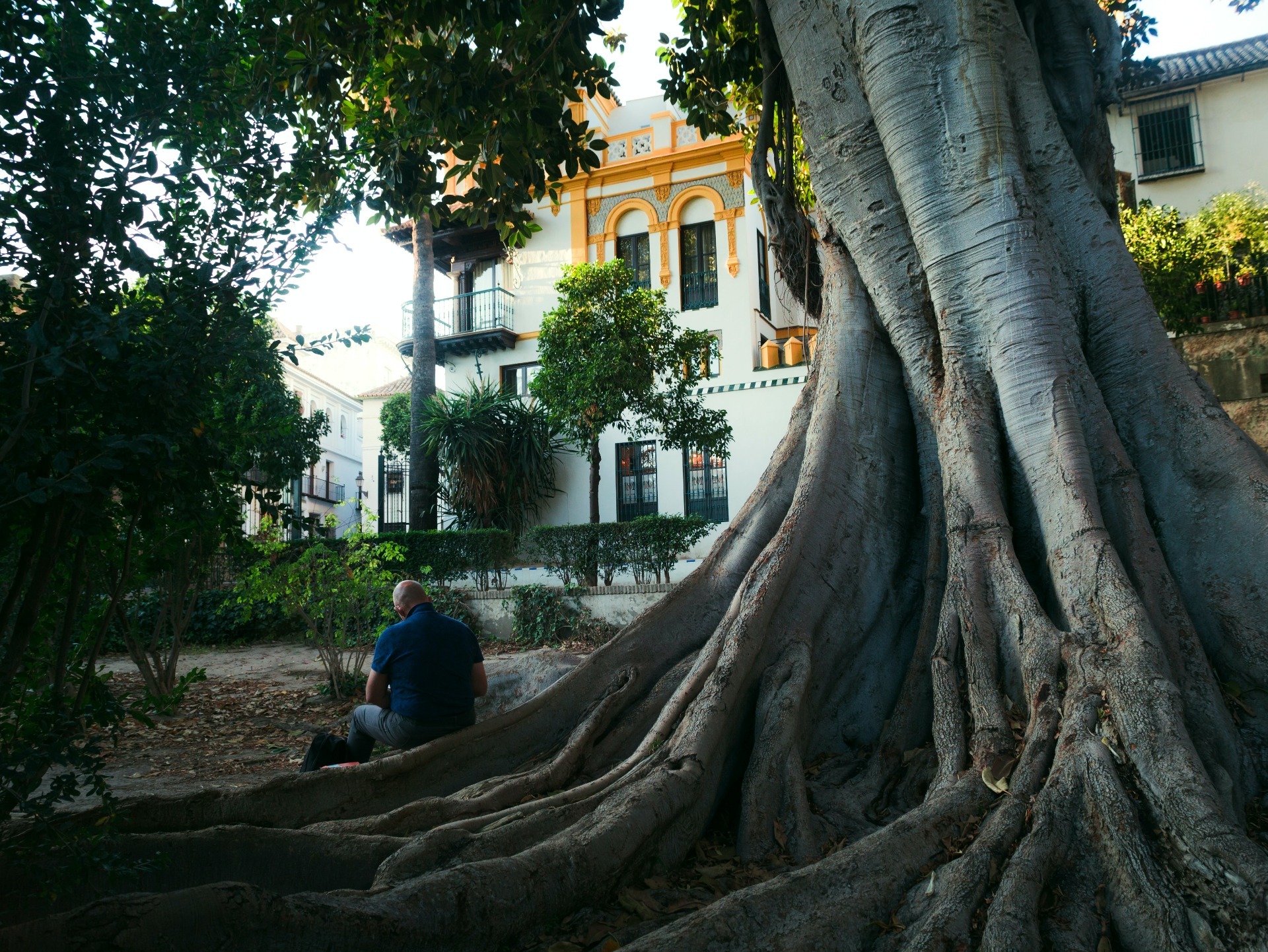DIYing Tree Root Protection
Why is root protection important?
We have discussed the benefits of Terravault and the importance of tree root control in previous guides and tips but did you know that integrating is an excellent DIY that will help your space and vegetation for many years to come?
The chosen root protection area cannot be excavated, have its soil strip, or be graded, so construction within it has to remain above ground level. It is imperative that the soil is not compacted and stress or breakage of surface roots isn’t created by cars (this is especially damaging when the soil is wet).
This is why geotextiles and root protection products are incredibly important as they provide a synthetic material that evenly spreads loads, and a no fines aggregate sub base that help interlock and protect the concrete and any plants or greenery from conflict. It is this combination that prevents rutting in the ground beneath constructions and cell products (like our Nero range), that help contain mineral materials away from underlying soil.
Note that the granular sub-base material should have no fines content: in layman’s terms, this means that even when compacted, it will be freely draining and allow aeration and oxygen to flow and diffuse noxious gases out of the soil.

Landscaping protection for your home – an easy no dig DIY
This DIY works on trees, but can also be applied on plants and any outside spaces where nature and man made materials can be in conflict. We recommend DIYers follow these steps to optimise their driveways, patios, back yards, and consider our landscaping ranges to help organise allotment partitions and other plant growth sections (especially when soil needs to be kept separate for optimal growth). While their application is more common in commercial projects, there is no reason why homeowners and DIYers cannot provide their outdoor spaces with the same benefits.
No dig constructions are a perfect way to add life to the flora in gardens, help the longevity of driveways and yards, and help trees, shrubs and other plants flourish with no maintenance*.
These types of constructions need to be contained to prevent outward creeping under any weight (this is especially true if vehicles are going to frequent that space). This is done with suitable edging support (as long as the construction isn’t being excavated) which can be as simple as long-life timbers pinned through the load-spreader into underlying soil.
We urge any project planners to double check their sites are suitable for construction, and any losses to flora retention are acceptable risks to the project.
________________________
*when installed correctly.
Before you DIY, please be aware of these considerations
- We recommend that construction takes place in dry weather – between May and October ground tends to be the driest which will mean it is less likely to damage compaction.
- Machinery movement or heavy plants should be avoided during the DIY until the ground is protected by a load spreader and sub-base (like the many soakaway, geotextile and drainage cell options we offer as part of our landscaping ranges), then any movement can only be done within the construction.
It is a good idea to start construction at the entrance of sites and roll out inwards to avoid additional stress. - Ground vegetation must be killed with herbicide (please talk to a qualified arborist to make sure your chosen product will not damage the trees later on) and gathered up and removed from the soil to avoid chemical issues due to decomposition.
- Additional materials that need to be removed include rocks, and tree opr shrub stumps ( which should be ground out not excavated).
- Any major hollows should be filled with clean sharp sand.
- In applications where it is necessary for the longevity of the product (ie when using a three dimensional cellular confinement product as a load spreader), geotextiles should be spread over the area of the driveway or carpark.
- If however, a two dimensional load spreader is used and the no-fine sub-base stone forms a lock, geotextiles do not have to be used (although it is recommended).
For additional information on the possible damages of trees to structures please check our article here.

Additional Tips for load bearers and geotextile installation
Once the initial considerations are done, follow these steps:
- Lay the synthetic load spreader directly onto the levelled ground or the geotextile as appropriate.
- Secure the synthetic load spreader under tension using long pins driven into the ground through the grid. (NOTE, before driving pins into the ground check for underground services that could be damaged as listed in this nero cells article).
- Construct an edging which is secured through the load spreader so that pressure on the running surface will force the diging outwards and so increase the tension on the load spreader.
- Cover the load spreader with a minimum of 100mm of no fines aggregate. Under no circumstance should this be tipped straight onto the synthetic material, rather it should be placed on one end and pushed onto the load spreader between the retaining edges, to avoid mechanical machinery touching additional ground and stressing the root growth.
- Compact the sub-base to ensure binding with the load spreader and to minimise the possibility of future rutting.
Please have a browse through our wide landscaping catalogue featuring soakaways, geotextiles, ground reinforcement and any other products you may need. Unsure about what would suit? Message us for a chat as we are always happy to tailor your project and advice you on what products would work best for your application.

